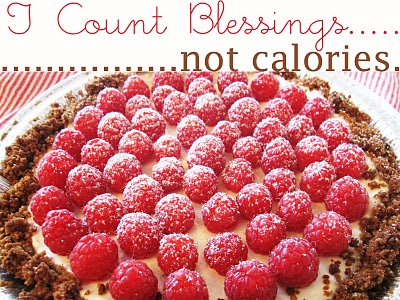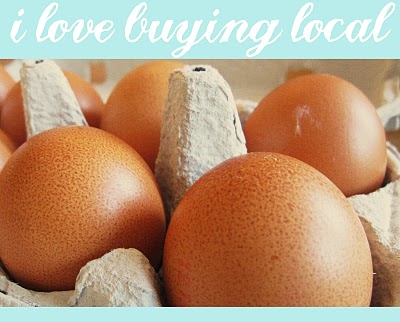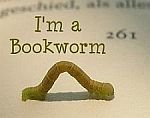On Saturday, while walking home from our walk around Lake Gaillard, I pointed out some garlic mustard to my mom. I have a tendency to point out plants that have interesting smells, like black birch, spicebush, or garlic mustard. I grabbed a leaf, crushed it in my hand, and told her to smell it. It smells like garlic! She asked me if it was edible, and I didn’t know. On Sunday morning, I happened to see a chef on the local news cooking with some garlic mustard. I did some searching and came across a few interesting sites for recipes, including one about an annual garlic mustard recipe contest. You see, garlic mustard is an invasive plant in Connecticut, which forces out native plants. So, gathering it and cooking with it are great ways to help protect your local plants.
A few words of caution:
- You should never eat any wild plant unless you are 100% sure you have identified it correctly. Garlic mustard is easily identifiable by the garlicky scented leaves, serrated leaves, white flowers in spring followed by long, slender seed pods, called seliques, which are characteristic of the mustard (Brassica) family, which includes sweet rocket, broccoli, cabbage, Brussels sprouts and watercress. Garlic mustard is one of the first plants that I learned to identify, and it’s also one of the first plants that I teach my Botany students to identify. Get a good field guide and you should be able to ID it.
- Don’t eat any wild plant that grows near a road or driveway. Heavy metals from cars and trucks can accumulate in the soil and are taken up by the plants, making them unsafe to eat. Since heavy metals are persistant in the soil, an old exposure can still affect plants now. Also, they often chemically treat roads for ice in winter, and you don’t want to eat any of that either.
So here’s the recipe that I came up with for tonight. Ed said it’s one of the best things I’ve ever made! I gathered the garlic mustard last night from the woods behind our house, and I discovered a huge patch of it, right near my other wild favorite, wineberries.
Looks like we’ll be eating more of it! Supposedly, the tender spring leaves are the most tasty. I would guess that garlic mustard has all the nutritional benefits of other members of the Brassica family, but I’m not sure.
Garlic Mustard Pesto
Mix the following in a food processor:
- 2 large handfulls of garlic mustard leaves
- 2 crushed clove of garlic
- 2 Tbsp walnuts
- 1/2 tsp salt
- dash pepper
- juice of half a lemon
Stream in:
- 1/2 cup olive oil until emulsified.
- Add parmesan cheese if desired (I make it without parmesan cheese).
This will make just enough pesto for about a pound of cooked pasta. I cooked spinach pasta according to package directions, drained, added the pesto and 1/2 cup ricotta cheese and heated the pesto and cheese through. Very yummy served with some crusty bread.
You can substitute pine nuts for the walnuts if you have them. I don’t make pesto very much this time of year, so I didn’t have any. I also like to make pesto out of spinach and basil, so you could substitute one or both of those for some of the garlic mustard, just be sure to add another garlic clove.
I like to serve pesto on pasta, or spread it on fish like salmon or cod loin before baking. You can also spread some on chicken breast before baking. I also saw a recipe once for a steak with pesto butter, which I bet is good!



















